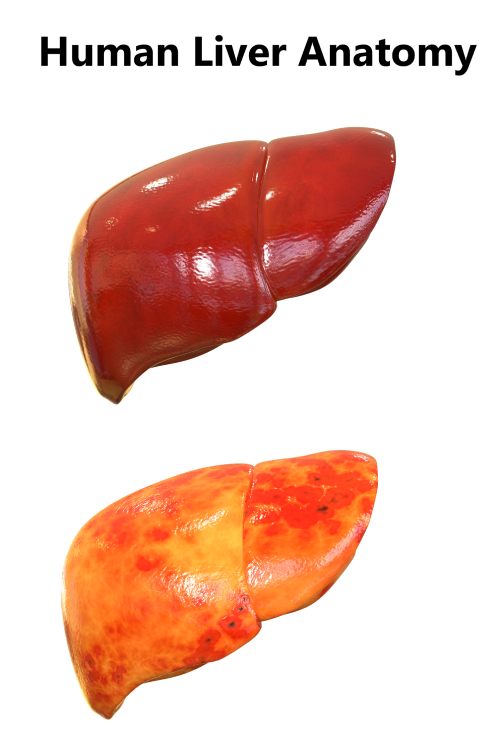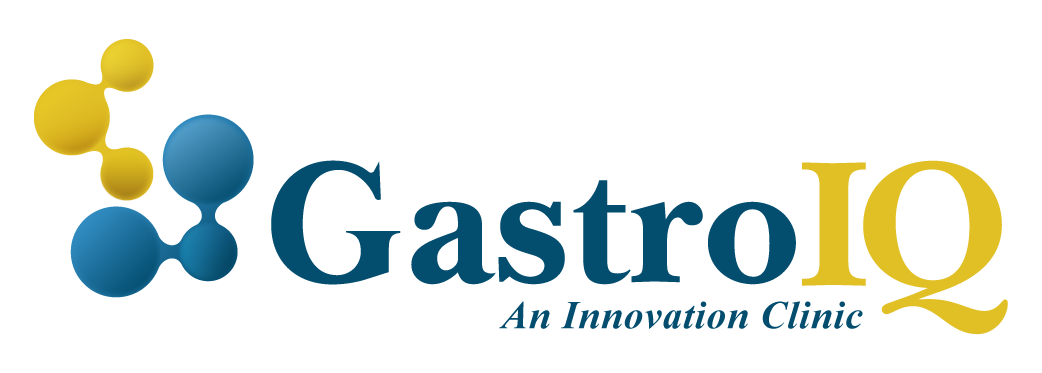Fatty Liver Disease
What is Fatty liver disease?
Fatty liver disease is a condition in which fat is abnormally deposited in the liver. While in many people this does not cause long term damage, for others the fat causes inflammation and scarring which can lead to cirrhosis. It is estimated that 1 in 3 Australians have fatty liver disease and it is now the most common type of liver disease in Australia.
What causes Fatty liver disease?
There are multiple factors that contribute to the develop of fatty liver disease. These include:
– a genetic predisposition
– overweight
– high cholesterol
– high bloods pressure
– diabetes
Interestingly, many patients with fatty liver disease may have a normal or only slightly elevated weight and BMI (body mass index).

What are the symptoms of fatty liver disease?
– fatigue
– nausea and loss of appetite
– swollen legs or abdomen
– a yellowish tinge to the skin or eyes (jaundice)
In addition, patients with fatty liver disease are also at risk of other cardiovascular complications such as heart disease and strokes.
How do you diagnose fatty liver disease?
Most people find out that they have fatty liver disease incidentally after having had an ultrasound or CT scan of the abdomen for another reason. These tests typically show an abnormal accumulation of fat within the liver, but may also show evidence of long-term damage.
Some patients also have abnormal liver function tests and are then requested to have an ultrasound to look for an underlying cause.
The diagnosis of fatty liver disease depends on the following:
(i) a detailed history and examination
(ii) blood tests to exclude other causes of liver damage
(iii) an assessment of the severity of an inflammation and scarring of the liver. This is done by a combination of bloods tests, a liver ultrasound and a special test called ‘ fibroscan ‘ which measures the stiffness of the liver.
(iv) an assessment for risk factors such as diabetes and cardiovascular disease.
It is important to identify if significant inflammation (NASH) is present as 20% of those affected will develop cirrhosis (irreversible scaring of the liver) in their lifetime.
How do you treat fatty liver disease?
It is important to treat fatty liver disease and the underlying precipitants for several reasons:
– to avoid long term liver damage
– to avoid cardiovascular and associated diseases
The most important part of treatment for fatty liver disease is weight loss. Surprisingly, a large amount of weight loss is not necessary to reduce the risk of liver inflammation and long-term scarring (cirrhosis). A randomized control trial published in Hepatology showed that a 7% weight loss resulted in a significant reduction in liver fat and inflammation. (1)
Fundamental to achieving weight loss is a combination of diet and exercise. Additional measures including medications and endoscopic procedures are available and are discussed in detail in the Obesity/Overweight section of the Gastro IQ site.
Fatty liver disease is associated with other diseases that need to be screened and treated. These diseases include: heart disease, diabetes, high blood pressure, high cholesterol, and sleep apnoea.
In addition to weight loss, medications can be used to reduce inflammation of the liver and treat associated diseases. These medications include: Metformin, Liraglutide, and Vitamin E.
1) Randomized Controlled Trial Testing the Effects of Weight Loss on Nonalcoholic Steatohepatitis (NASH) Kittichai Promrat,1,4 David E Kleiner,3 Heather M Niemeier,2,5 Elizabeth Jackvony,2 Marie Kearns,2 Jack R Wands,1 Joseph Fava,2 and Rena R Wing2 Hepatology. 2010 Jan; 51(1): 121–129.

